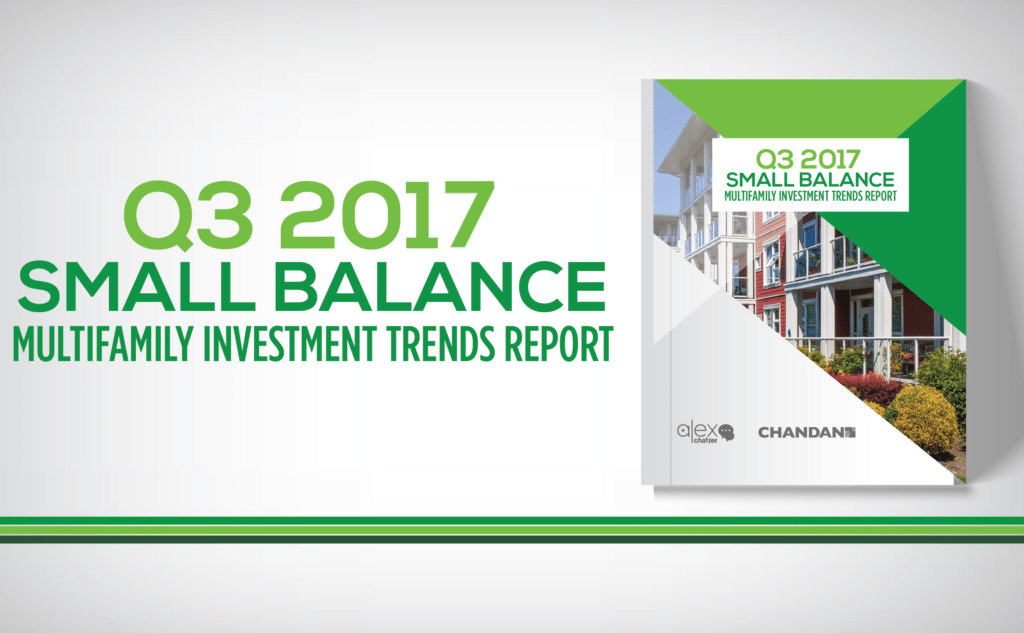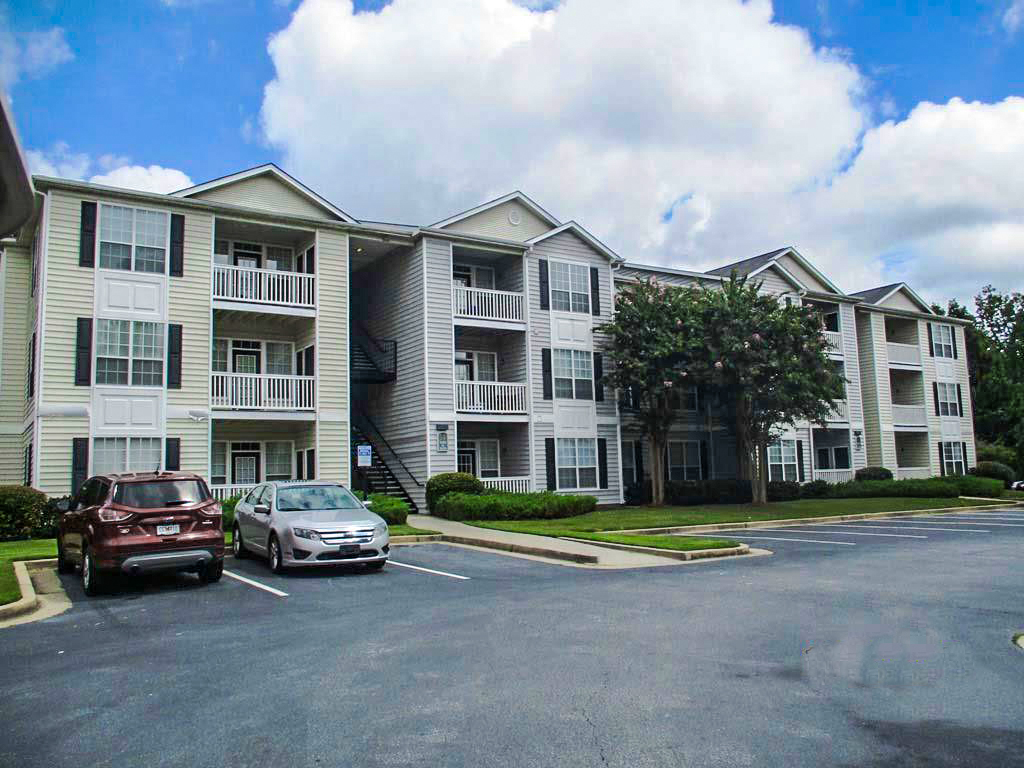Analysis
Multifamily rent growth in the U.S. was spread throughout a diverse selection of markets during the second quarter of 2023, a change from the last several quarters when Sun Belt markets dominated the list.
Analysis
The U.S. multifamily market continued to slow during the second quarter of 2023. Rent growth retreated from the skyrocketing pace of the last two years, although still remained positive alongside continued high rental demand.
Articles
Arbor has originated billions of dollars in multifamily loans over the last three decades through our long-term partnerships with Fannie Mae, Freddie Mac, and the U.S. Department of Housing and Urban Development (HUD), consistently outperforming quarterly projections. Known industrywide as a top multifamily lender, Arbor has the unique ability to maximize investment portfolios with the type of personal touch not seen anywhere else.
Current Reports
Through the first half of 2023, market disruptions have had limited impact on the overall performance of the small multifamily subsector even as prices fell and cap rates climbed. Arbor’s Small Multifamily Investment Trends Report Q3 2023, developed in partnership with Chandan Economics, delivers data-driven analysis on the subsector’s structural health, shaping its positive outlook.
Press Releases
Multifamily Lender Strives to Leverage Strong Performance to Attract Top Boston Talent BOSTON, MASSACHUSETTS – July 31, 2023 – Arbor Realty Trust (NYSE:ABR) announces a new and larger office location at 501 Boylston St., a historically significant Class A property close to Copley Square in Boston’s lively Back Bay neighborhood. Arbor, which has 15 offices in cities across the United States, moved its 88-member Boston team from 1 Lincoln St. in expectation of the team’s expansion and growth, and with the recognition that Boston’s thriving economy and talent pool is also creating opportunities in our core business of multifamily lending. Boston has had 8.5% annual rent growth through April 2023 and is presently the third-tightest multifamily rental market in the United States, our proprietary research reveals. This past Friday, Arbor Realty Trust reported an outstanding second quarter and a dividend increase to $0.43, reflecting a 12th increase in the last 14 quarters. Join Us – Arbor is Hiring in Boston and Nationally Are you interested in a career in multifamily lending? Arbor is hiring in Boston and at many other locations. Advance your career Read the full article…
Articles
After the historic rental housing bull run of the 2010s and the early 2020s, the open question is: can it maintain this momentum over the next cycle? While the answer is highly debatable, trends in demographics, preferences, and market conditions show the presence of significant tailwinds that will continue to propel investment prospects forward. Chandan Economics, Arbor’s research partner, analyzed historical data from the U.S. Census Bureau to project how Generation Z could impact the future of the rental housing market.
Articles
Did you know that insurance costs for owners, operators, and developers of rental housing have climbed by an average of 26% over the last year? Rising interest rates and other economic headwinds make 2023 different than other years. If you need to acquire or renew rental property insurance, there are a few things you should know.










